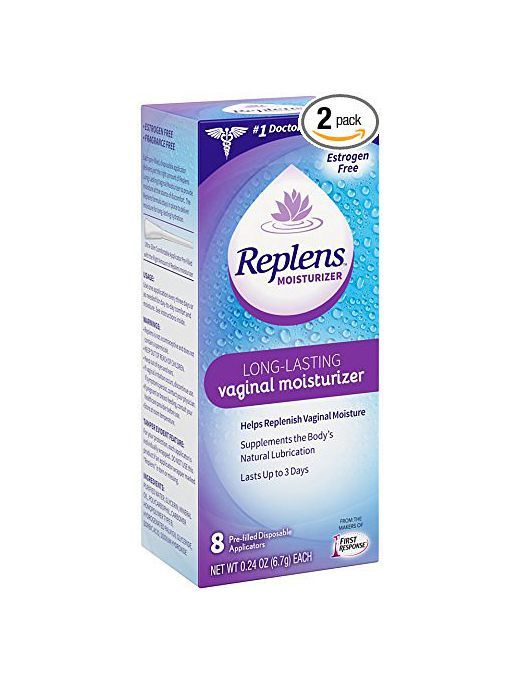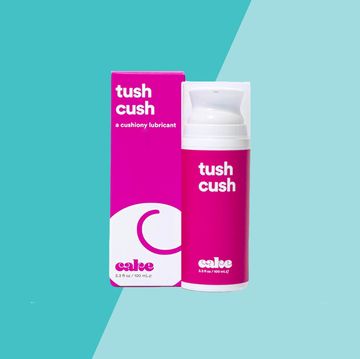Women of all ages can experience the sandpapery sensation known as vaginal dryness. Too many women suffer silently, not realizing that this is a highly fixable issue. And doctors often don’t broach the topic or aren’t familiar with treatment options. So let me explain what could be causing vaginal dryness, what to do to ease the pain, and how those treatments work.
What is vaginal dryness?
When the thin layer of fluid that usually lines the inside of the vaginal canal diminishes, it can leave you feeling dry inside the vagina as well as on your vulva. This lack of lubrication often leads to vaginal itching, burning, irritation, and painful sex. Vaginal dryness is a particular problem after menopause, but can actually occur at any time in life.
Possible causes of vaginal dryness
The drop in estrogen during menopause is a common culprit, as the walls of the vagina thin. However, there are many other causes of vaginal dryness that can affect women of any age.
Diabetes
The disease can damage blood vessels—particularly the smallest ones, the capillaries. This can cause neuropathies and eye problems, but blood supply is essential to vaginal health too, and decreased capillary blood flow to the vaginal walls means less moisture. A topical vaginal estrogen cream or another prescription product can help lubricate the vaginal walls.
The Pill
In 3% to 5% of women, the synthetic progesterone in some birth control pills blocks vaginal hormone receptors, resulting in thin, dry vaginal tissue. The reason seems to be a genetic difference that affects testosterone receptors in the vagina. A change of birth control is needed; a prescription vaginal estrogen and testosterone cream can help with healing.
Breastfeeding
Breastfeeding brings hormonal changes, low estrogen levels that may cause vaginal dryness and make intercourse excruciating. But there’s no reason to endure pain if you want to have penetrative sex. Vaginal lubricants or long-acting moisturizers often solve the problem; a local vaginal estrogen prescription product can also help. While there haven’t been a lot of studies done on the use of estrogen in nursing moms, there’s no evidence or reason to believe that a local estrogen product will harm the baby.
Autoimmune conditions
Sjögren’s syndrome, an autoimmune condition, is known to cause dry eyes and a dry mouth, but it can also lead to vaginal dryness. Other autoimmune diseases, such as rheumatoid arthritis, are also associated with decreased lubrication and sexual pain. Any hormonal or nonhormonal treatment is fine to use to ease pain and add moisture.
Cancer treatments
Medications to treat breast cancer, such as tamoxifen and aromatase inhibitors, block estrogen pathways not only in breast tissue but also in vaginal tissue. And chemotherapy and pelvic radiation can make estrogen levels plummet and cause direct damage to vaginal tissue, resulting in dryness. Beyond a vaginal moisturizer and lubricant, treatment depends on the type of cancer; check with your oncologist.
Medications
Antihistamines and decongestants lower moisture levels and reduce mucus not only in the nose, but also in the vagina. Other meds associated with vaginal dryness include calcium channel blockers, beta-blockers, and benzodiazepines as well as antiestrogen medications used to treat endometriosis and uterine fibroid tumors. Lubricants and vaginal moisturizers can help.
How lubricants can help with vaginal dryness
Lubricants are used at the time of intercourse to reduce friction. I recommend silicone types: They’re more slippery and last much longer than water-based ones (so you don’t need to use as much) and don’t irritate the area. While water-based lubricants are less expensive, many are gloppy and sticky, and they may contain a propylene glycol preservative, which can be irritating. Apply the lubricant on your partner and on the opening of your vagina before intercourse.
The difference between vaginal lubricants and moisturizers
Lubricants don’t alter vaginal tissues; they just make them more slippery. A long-acting over-the-counter moisturizer, on the other hand, increases the water content of the cells, making vaginal tissues thicker, more elastic, and better able to produce lubrication. They need to be used two to five times a week and should be inserted in the vagina and applied around the vaginal opening. Two with proven clinical results: polycarbophil gel (Replens Long-Lasting Vaginal Moisturizer) and hyaluronic acid vaginal gel (Hyalofemme).
Estrogen vs. non-estrogen treatments for vaginal dryness
Sometimes a woman’s vaginal walls are so thin and dry that a prescription medication is needed. One option: local vaginal estrogens. Before you think, Oh, no, estrogens! Breast cancer, blood clots, bad stuff..., know that there are no proven safety issues with these products. There are three types: vaginal creams (inserted and spread on outer areas), vaginal tablets (inserted twice weekly), and vaginal rings (which last three months).
One option for women who want to avoid estrogen is ospemifene, a daily pill—taken orally, not vaginally!—that activates estrogen receptors in vaginal tissue to alleviate painful intercourse in post-menopausal women. The FDA recently approved a daily vaginal suppository, prasterone, or DHEA, which also works inside vaginal cells to increase lubrication and elasticity. And finally, many doctors now offer FDA-cleared medical CO2 laser treatments in their offices, to stimulate and regenerate vaginal and vulvar cells. These treatments should be performed only by a gynecologist, not by a plastic surgeon or dermatologist.














